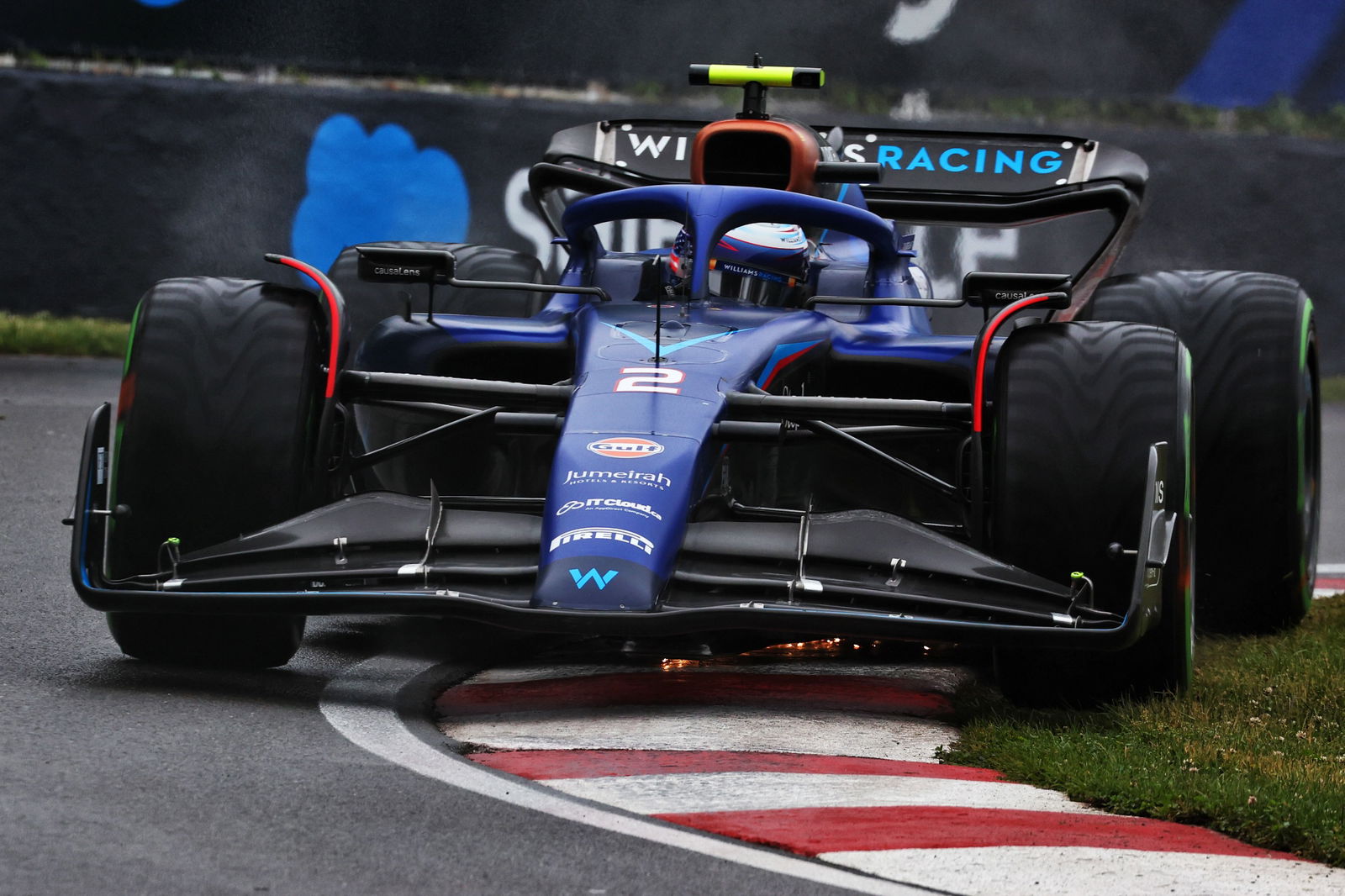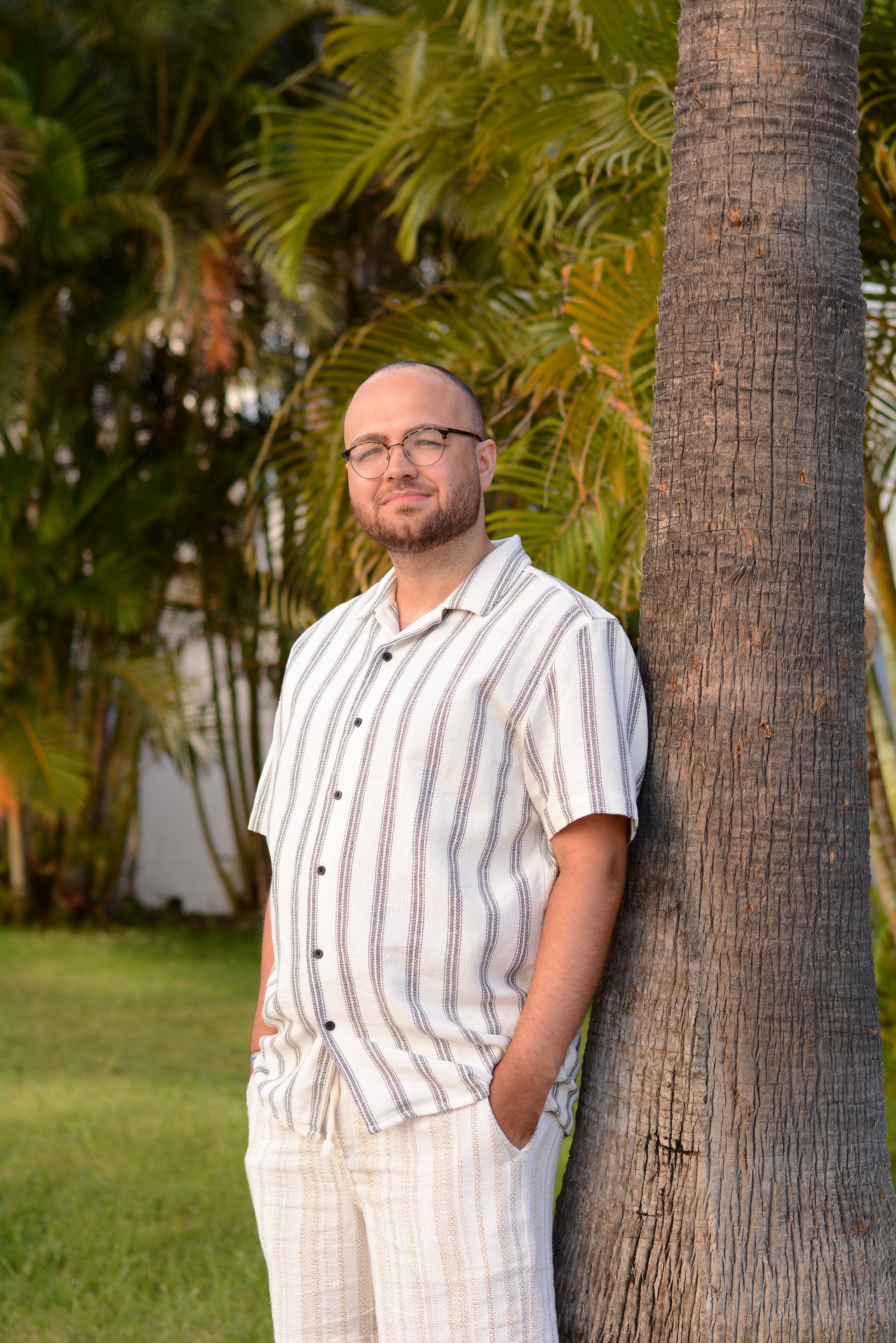Explained: F1’s new ‘sustainable’ energy trial to power Austrian Grand Prix

By using their own low carbon power system, it will reduce F1’s carbon output by 90 percent relative to last year's grand prix.
The move comes as part of F1’s push to be carbon net zero by 2030.
It will power all of the garages, motorhomes, pit-walls, timing rooms and the on-site broadcast area during the Austrian Grand Prix weekend.
The paddock power station will be fueled by hydro-treated vegetable biofuel and 600 square metres of solar panels situated at the final corner at the Red Bull Ring.
“This energy trial is the latest push for more sustainable operations, which feeds into our overall goal of being Net Zero by 2030,” F1 logistics director Ian Stone explained.
“[It] shows the desire across the paddock from key stakeholders, who have bought into the ambition and understanding of why it is important too.
“There’s not only the obvious benefit of reducing energy consumption and carbon emissions, but logistically it offers us the opportunity to create a more streamlined approach to powering Grand Prix events.”
F1's head of ESG, Ellen Jones added: “This approach drives everything we do including how we run our own operations, and the trial in Austria is the latest example of this, demonstrating the commitment from Formula 1 and key stakeholders to develop new ways of working.
“Using the latest technology and innovations, we’re continuing to explore new opportunities to deliver events in a more sustainable way to reduce our carbon footprint.”


